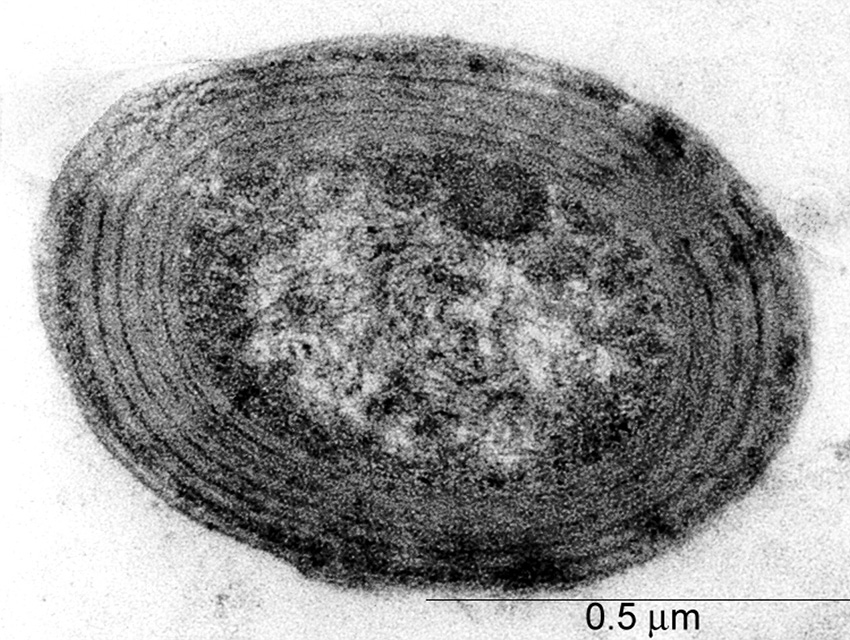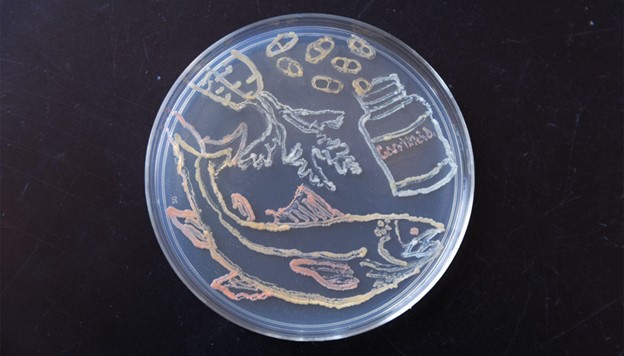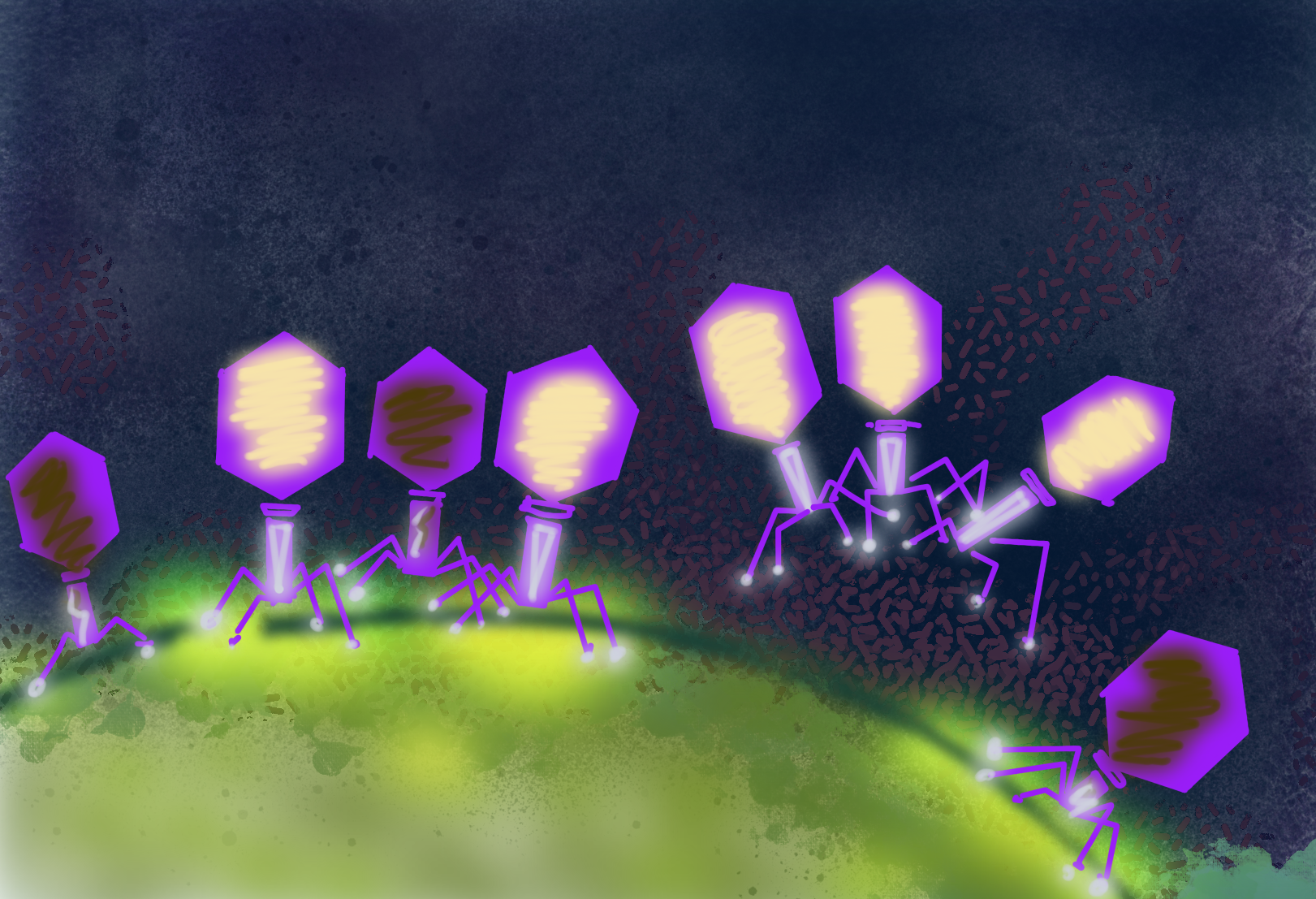Marine Microbial Ecosystems: Not as Simple as Once Thought
Low abundance microbes may do more than their share of carbon cycling in the ocean.

The Science
New research addresses a long-held assumption that the size of a microbial population in the marine community corresponds to its level of activity in terms of carbon uptake, growth rate, etc., thus determining its impact on global biogeochemical cycles.
The Impact
The study found that marine ecosystem functioning is likely to be more complex and dynamic than previously thought. These conclusions have significant implications for understanding the role of the oceans in the global carbon cycle.
Summary
The tiny cyanobacterium Prochlorococcus is among the most abundant and important in the oceans, and distinct variants (“ecotypes”) exist at different water depths. An estimated 100 million cells of this unicellular organism can be found in a single liter of seawater. These cyanobacteria help remove some 10 billion tons of carbon from the atmosphere each year. Researchers, including scientists at the DOE Joint Genome Institute (DOE JGI), studied the activity levels of several ecotypes of Prochlorococcus at several locations in the Pacific and Atlantic Oceans. The results suggest that the theory does not fully explain the link between abundance levels and activity. In their article the authors state: “Our results suggest that low abundance microbes may be disproportionately active in certain environments and that some of the most abundant may have low metabolic activity.” “We observed uncoupling of abundance and specific activity of Prochlorococcus in the Sargasso Sea depth profile, which highlights deficiencies in our understanding of marine microbial ecology and population structure.”
Contact
Dr. Zackary I. Johnson
Duke University
zij@duke.edu
Funding
Basic Research: DOE Office of Science, Office of Biological and Environmental Research
Publications
Hunt, D.E., Y Lin, M. J. Church, D. M. Karl, S G. Tringe, L. K. Izzo, and Z. I. Johnson (2012) “The relationship between abundance and specific activity of 2 bacterioplankton in open ocean surface waters”, Appl. Environ. Microbiol.. [DOI: 10.1128/AEM.02155-12]
Highlight Categories
Performer: University , DOE Laboratory , SC User Facilities , BER User Facilities , JGI



